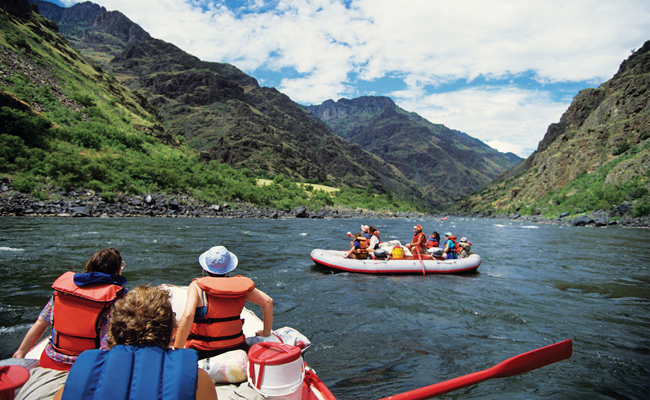Social distancing in the face of the coronavirus outbreak is impacting the lives of everyone, but some U.S. states are feeling the burden harder than others, according to a study by LendingTree.
The loan company, using U.S. Bureau of Labor Statistics data, looked at how residents of each state typically spend their time to determine which are most hard hit by the social-distancing restrictions that the U.S. Centers for Disease Control and Prevention (CDC) are recommending during the epidemic
In addition, stay-at-home orders have been issued by the governors of 22 states and officials in 17 cities and dozens of counties, all comprising about 212 million people, the New York Times reported today.
"As millions of Americans shelter in place, we realize just how much we take for granted, like checking out a new book at the local library or worshipping together on Sundays," the LendingTree report said. "Many of these activities are off-limits as people band together to stop the spread of the coronavirus."
"Residents of some places may have a more difficult time coping with social distancing than others," the report added.
The data the study looked at included the average time residents of each state spend socializing outside of work, engaging in sports, exercise and recreation, volunteering, going to religious services and caring for and helping household members and other people.
While some people in some states are more involved in those activities than others, the study noted that the nation overall had been trending toward spending more time at home even before the virus hit.
"Even before social distancing was put into place, the percentage of people reporting they socialize and communicate for leisure was down in the U.S.," the report said. "In 2008, nearly 39% of Americans reported socializing and communicating as a leisure activity, while just 35% did in 2018. That’s a decline of roughly 10% over the 10-year period."
The study found that the least impacted area of the nation is Washington, D.C., which had the lowest rate of residents engaging in social activities, followed by Alaska and New Mexico.
The following states, in ascending order, were deemed to be most impacted by the restrictions.
10. South Dakota
This state is tied for first for the time its residents spend on volunteer work.

9. Hawaii
The state's residents rank sixth in terms of time spent on religious activities and volunteering.

8. Michigan
The state is eighth in the nation when it comes to the time people spend each day attending religious and spiritual activities.

7. Vermont
Residents of this state spend the second-most amount of time each day involved in religious and spiritual activities.

6. Utah
The state, with a number of national parks and ski areas, has a population that is active across a number of areas, the report said.

5. Montana
Montana is sevent in the nation in time spent on religious and spiritual activities, and in helping care for non-household members.

4. Wyoming
Residents of this state are tied for first in the nation in terms of how much time they spend each day doing volunteer work.

3. New Hampshire
"In terms of pure socializing for fun, New Hampshire residents rack up an impressive 68 minutes per day," the report said. The state also ranked third in time spent on religious and spiritual activities.

2. Idaho
"Residents in this state spent more time in religious and volunteering activities compared with other states," the report said. "In total, we estimate a total of 159 minutes per day in social situations for Idaho residents."

1. Rhode Island
The report found that Rhode Island is the most social state in the U.S., with residents spending on average 205 minutes a day involved in social activities. "In particular, they spend a lot of time caring for and helping non-household members, compared with other states," the report said.

The full report can be viewed here.








